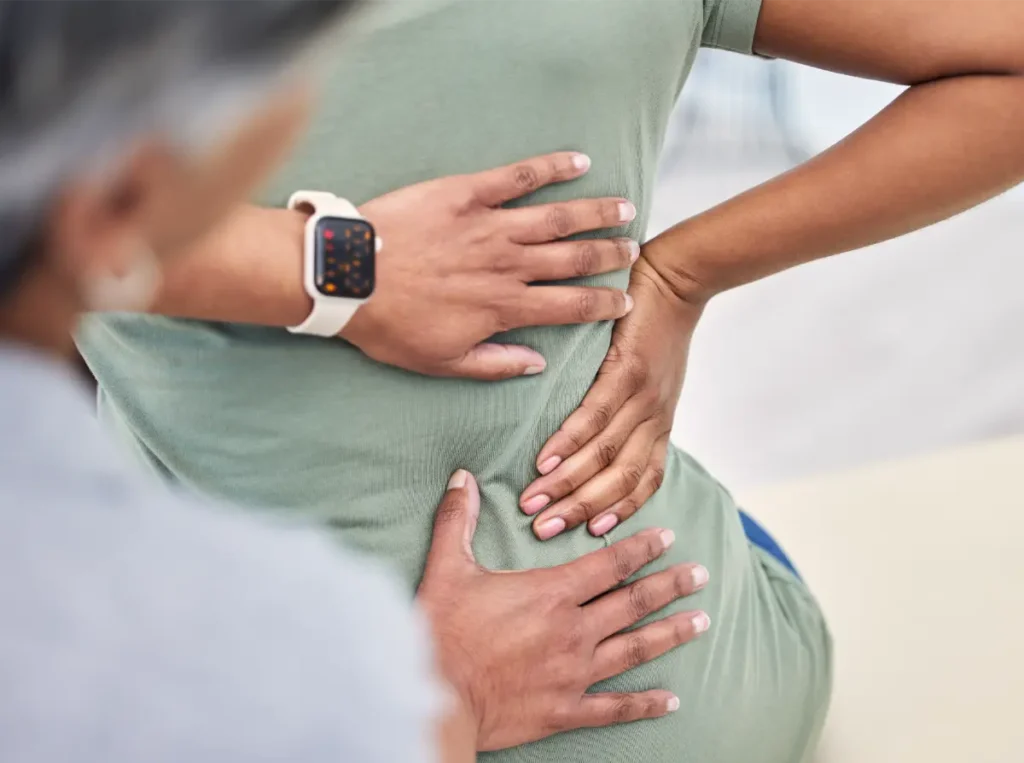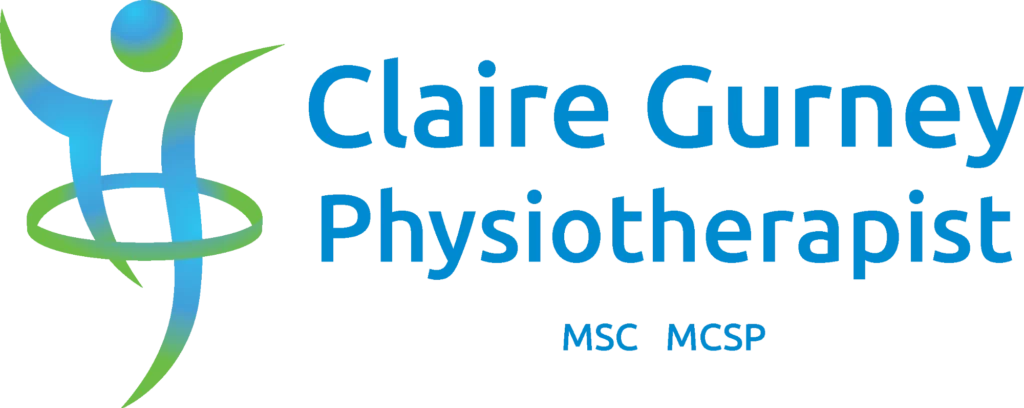Low back pain is exactly that – pain in your lower back, for some people it can radiate to the top of the hip and buttock area. In some cases problems with the low back can cause pain, numbness and altered sensation in the legs (known as sciatica or radicular pain). Low back pain is very common and affects up to 28% of adults within the UK.
Pain can come from many structures including the muscles, vertebral joints, nerves and the shock absorbing discs (formed of types of collagen) within the back. It can be difficult to know exactly what is causing the pain and in most cases low back pain is not serious and resolves within 6 -12 weeks.
Low back pain is commonly caused by either a sudden event (e.g. deadlifting a heavy weight with poor form or bad training) and/or a long-term overloading of the lumbar spine (e.g. repeated manual work, or a prolonged sedentary lifestyle). Genetics and your overall mental and physical health also impact how likely you are to develop it.
If you are suffering from low back pain or have frequent flare-ups of pain, physiotherapy can help identify the cause of your pain and how best to treat it, with hands on treatment, advice and exercise. Low back pain is often not serious and can be treated and prevented with many simple steps.
If you have a sudden episode of low back pain:
- Try to keep moving as much as you can, there is no right/wrong way to sit, stand or lie down – find what is comfortable for you and move at least every 30 minutes in the day
- Apply ice or heat to your back, whichever feels more comfortable. Some people find alternating the two every 2 minutes 5 times relieving
- Try some gentle exercises and stretches, some discomfort doing them is ok, but avoid anything that significantly worsens your pain
If you have chronic low back pain or frequent episodes of it:
- Try a gentle form of exercise to build mobility and core strength such as Hatha yoga or Pilates
- Move regularly throughout the day, if you have a sedentary job or lifestyle aim to be changing positions (e.g. sit to stand) every 30 minutes or going for short brisk walks when you have a break
- Self-massage, often pain in the back can come from tight muscles, using a massage gun, tennis ball or foam roller on the muscles of your lower back and upper glutes for up to 3 minutes at a time can be relieving
If you are struggling with low back pain and not sure of the best approach for you get in touch to discuss how physiotherapy or Pilates can help.


